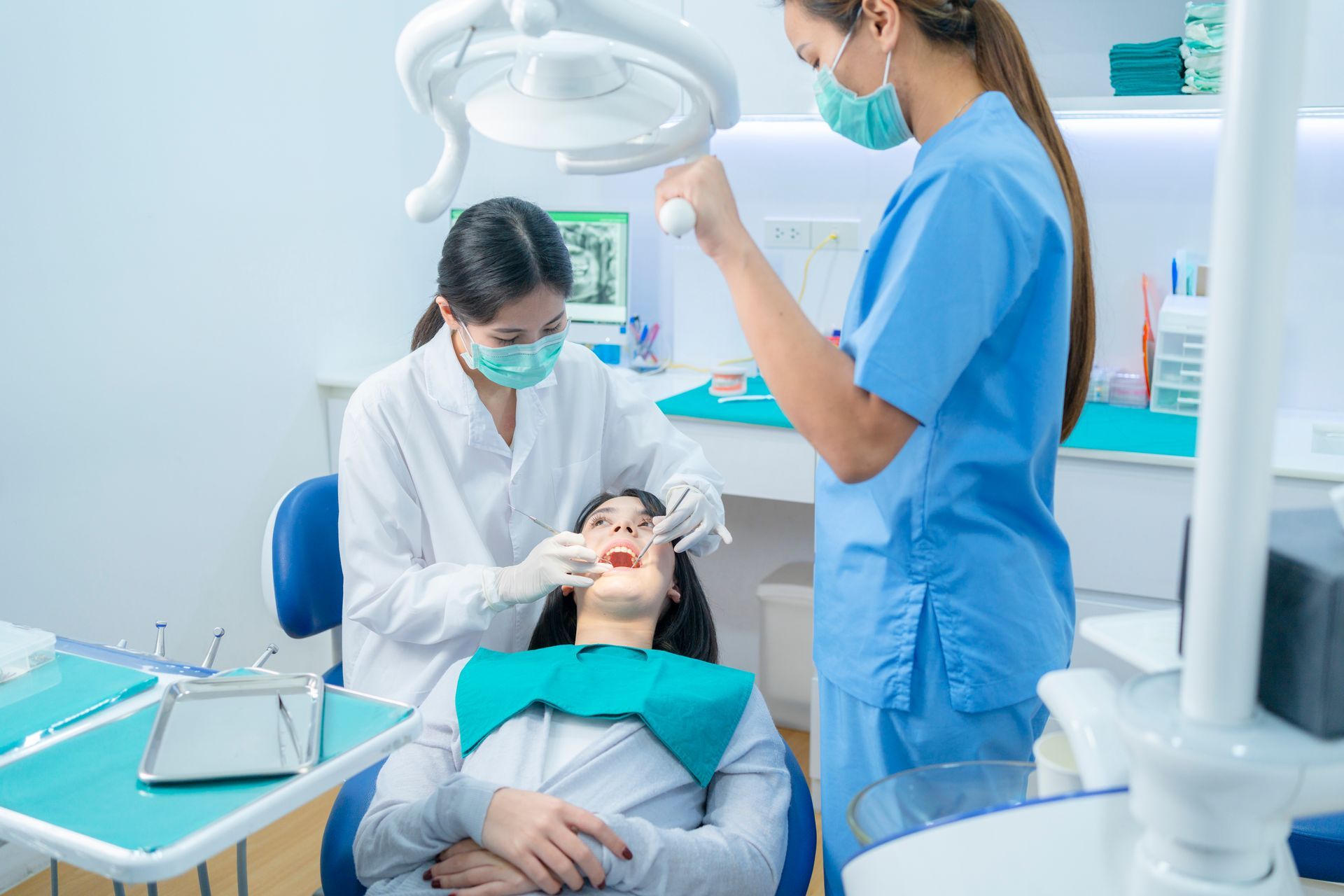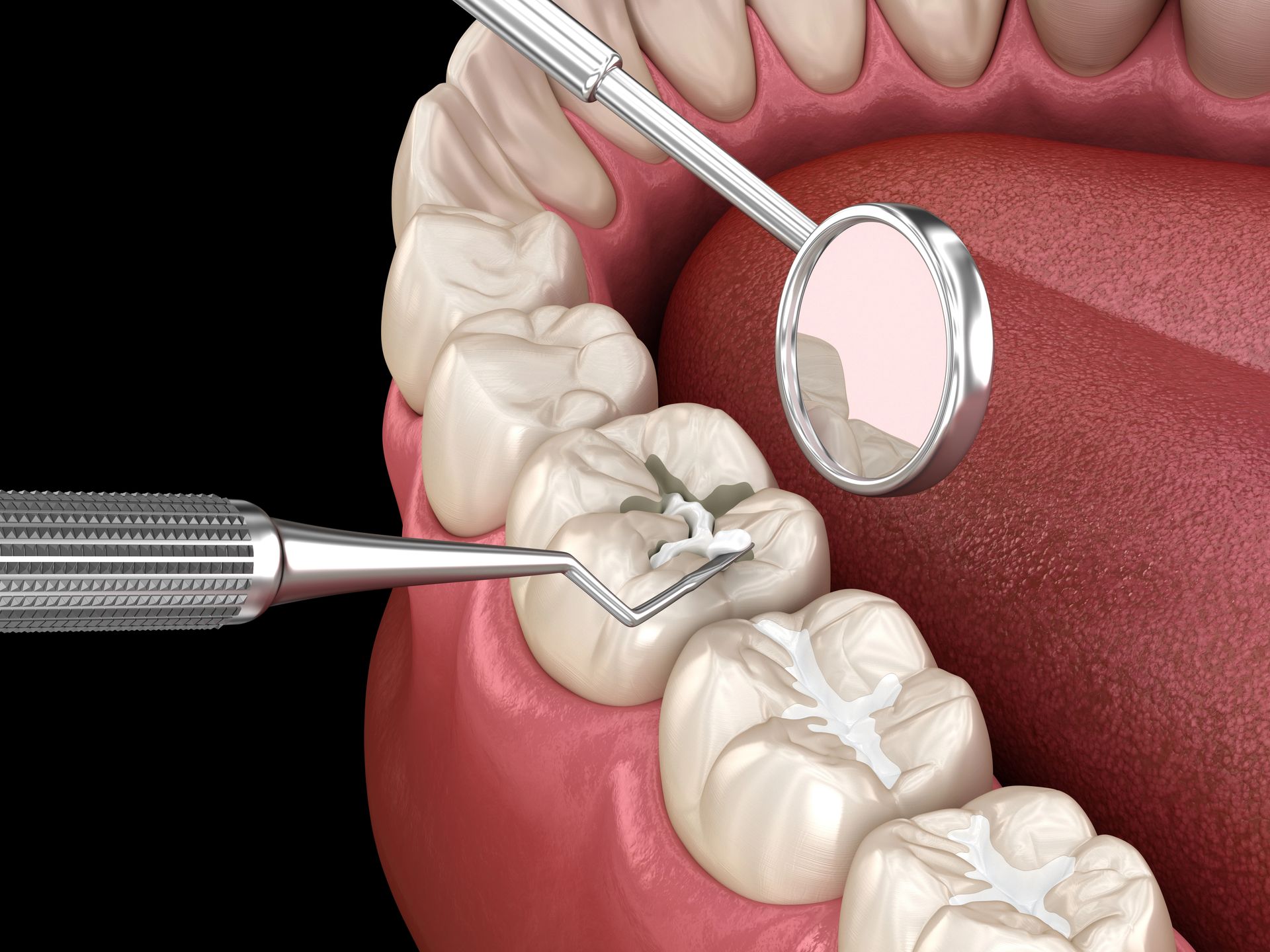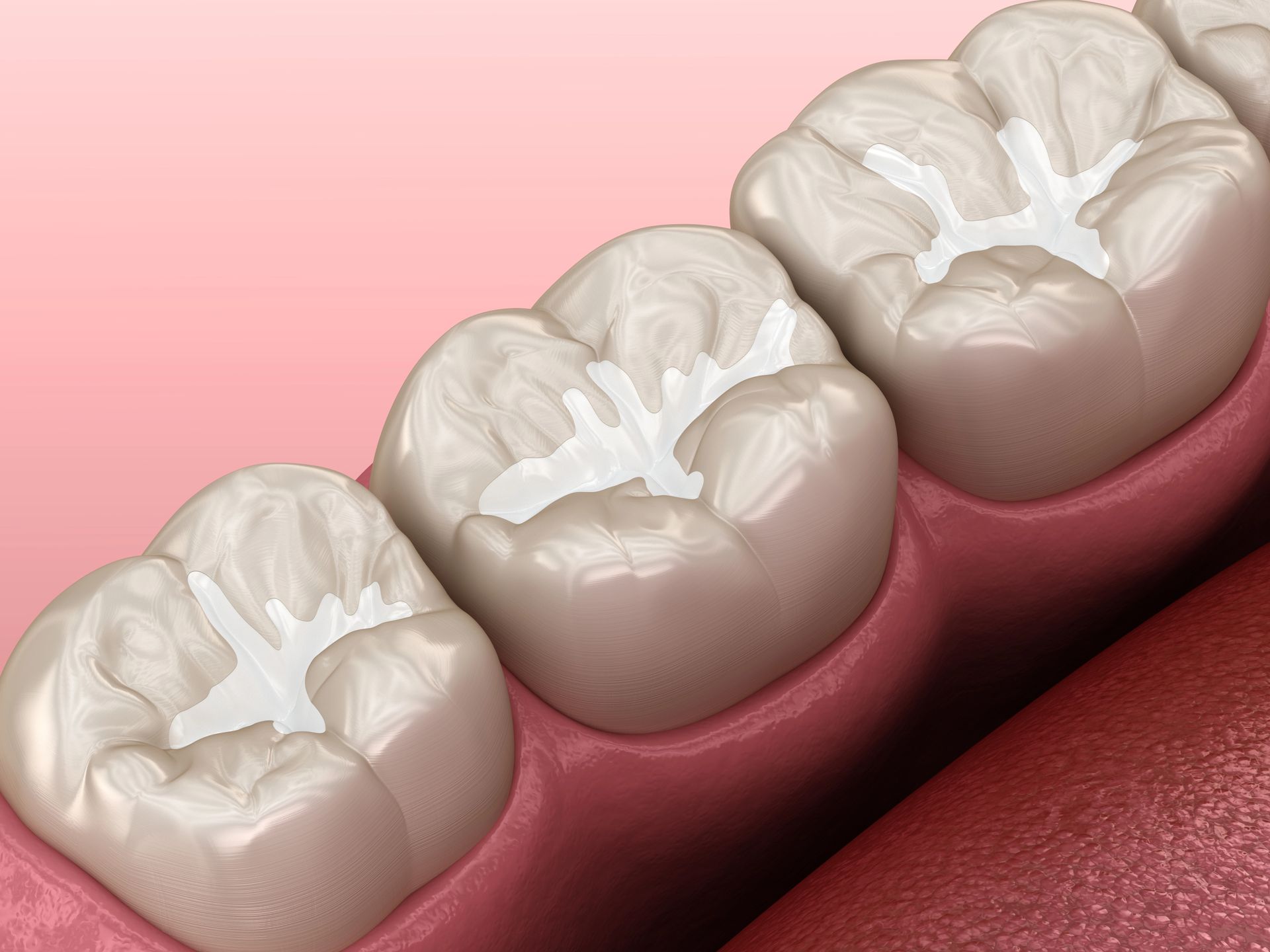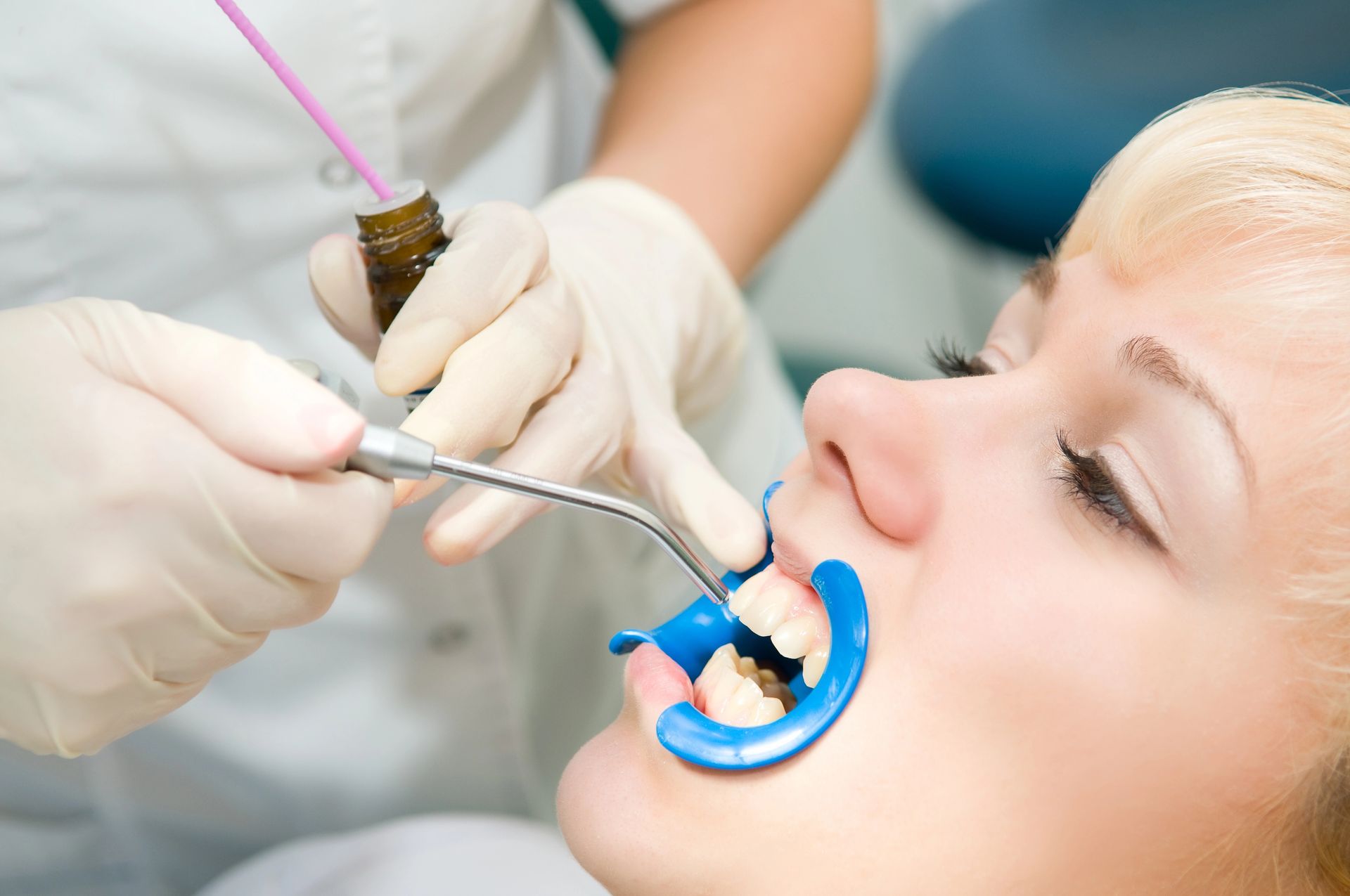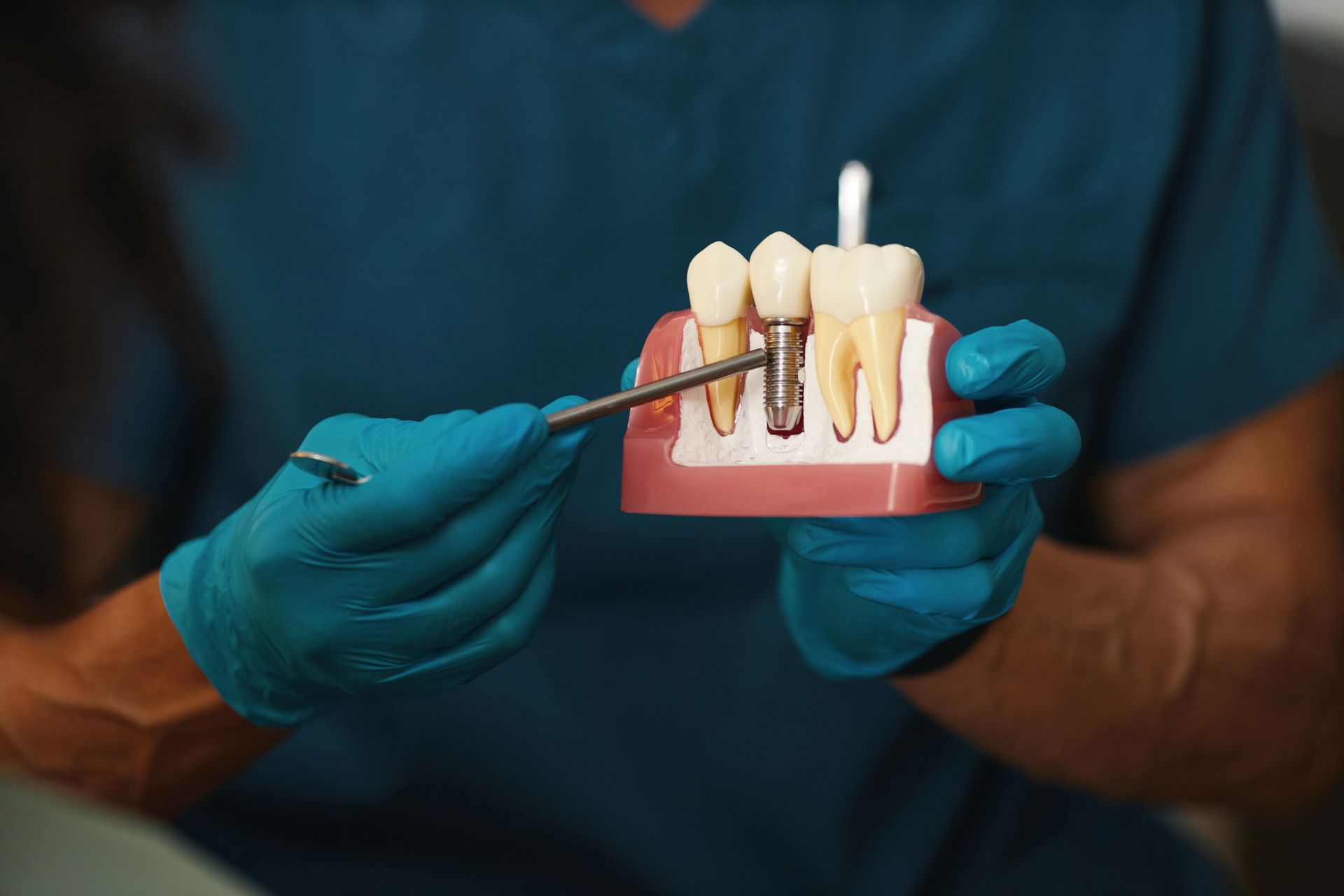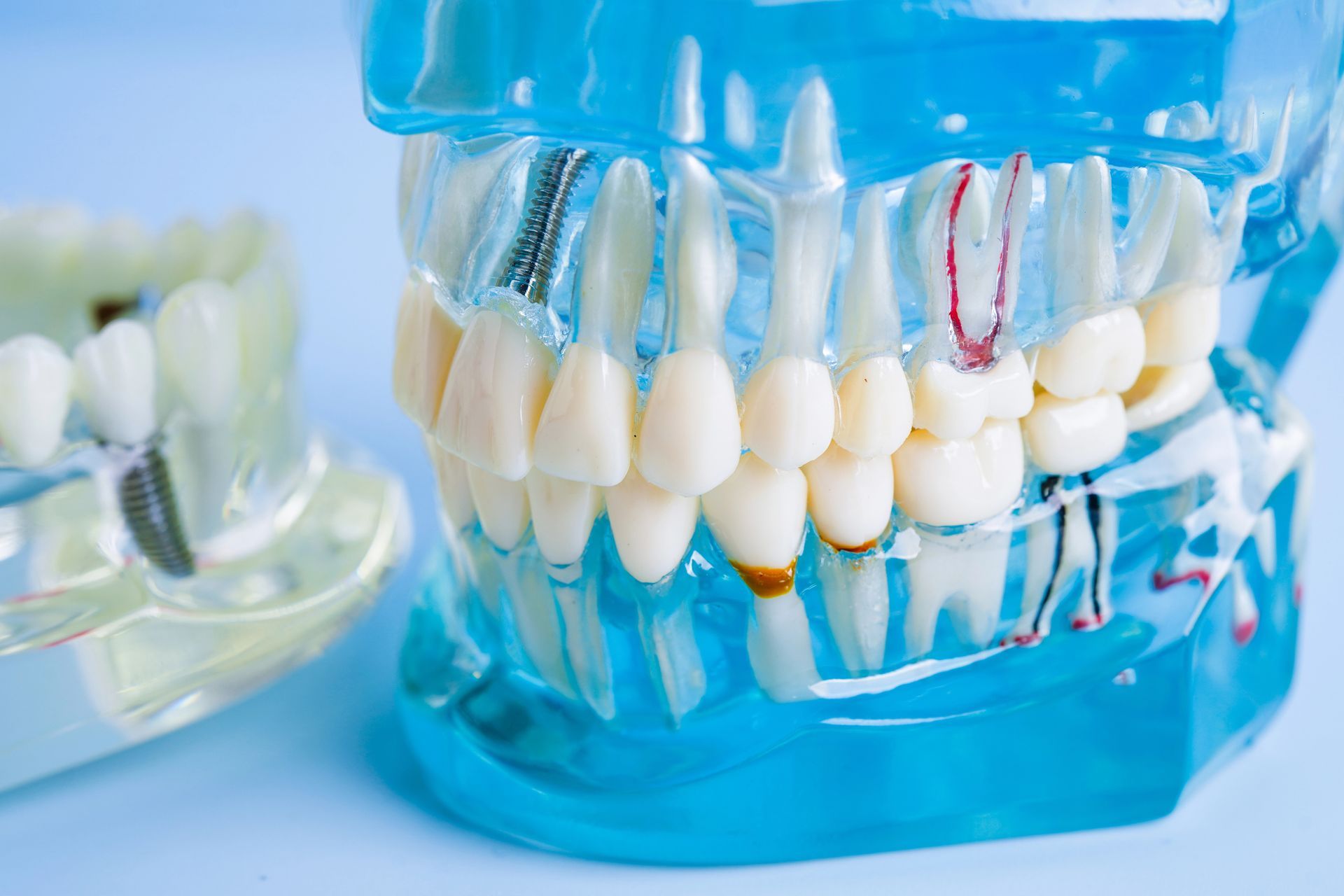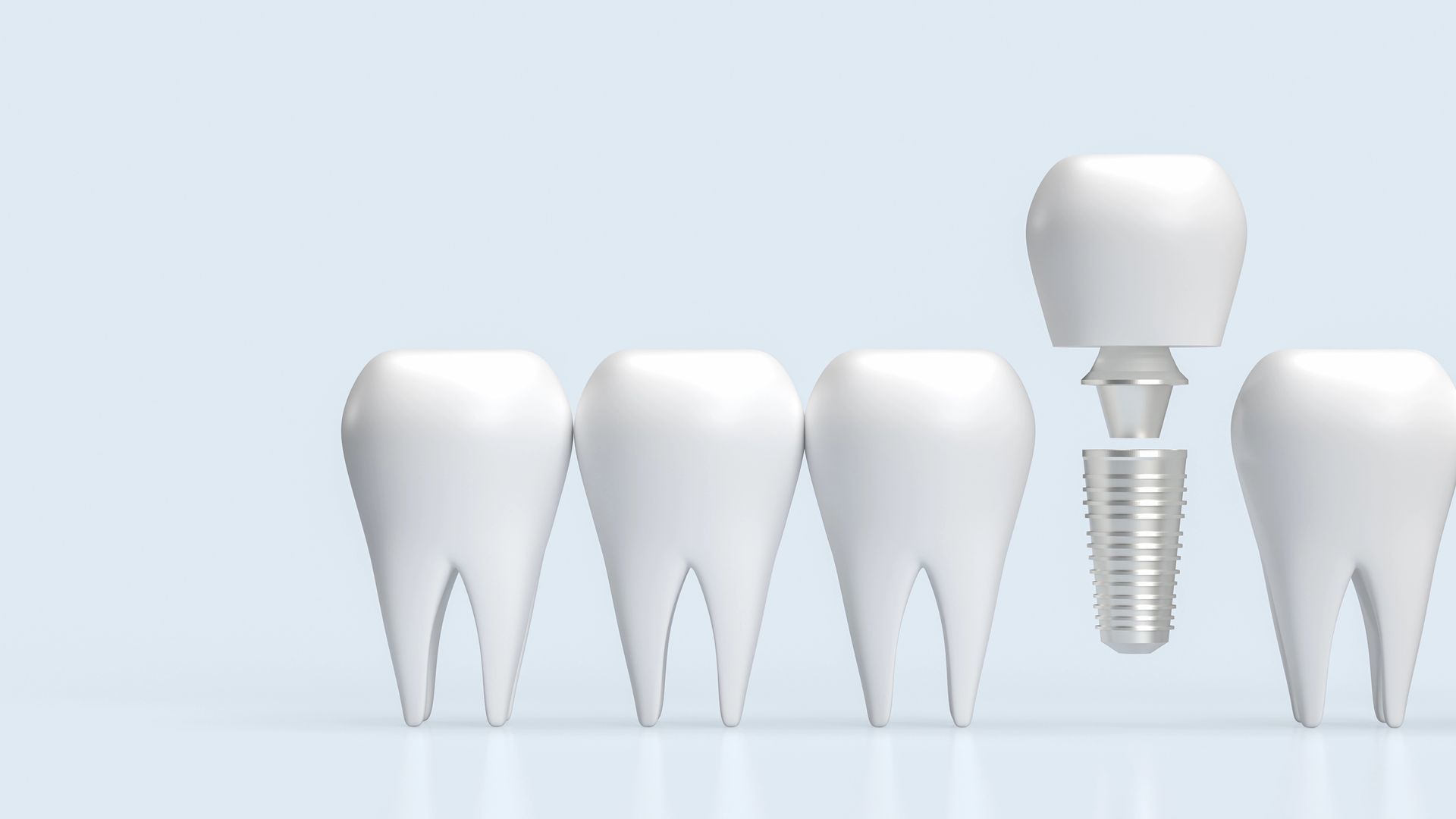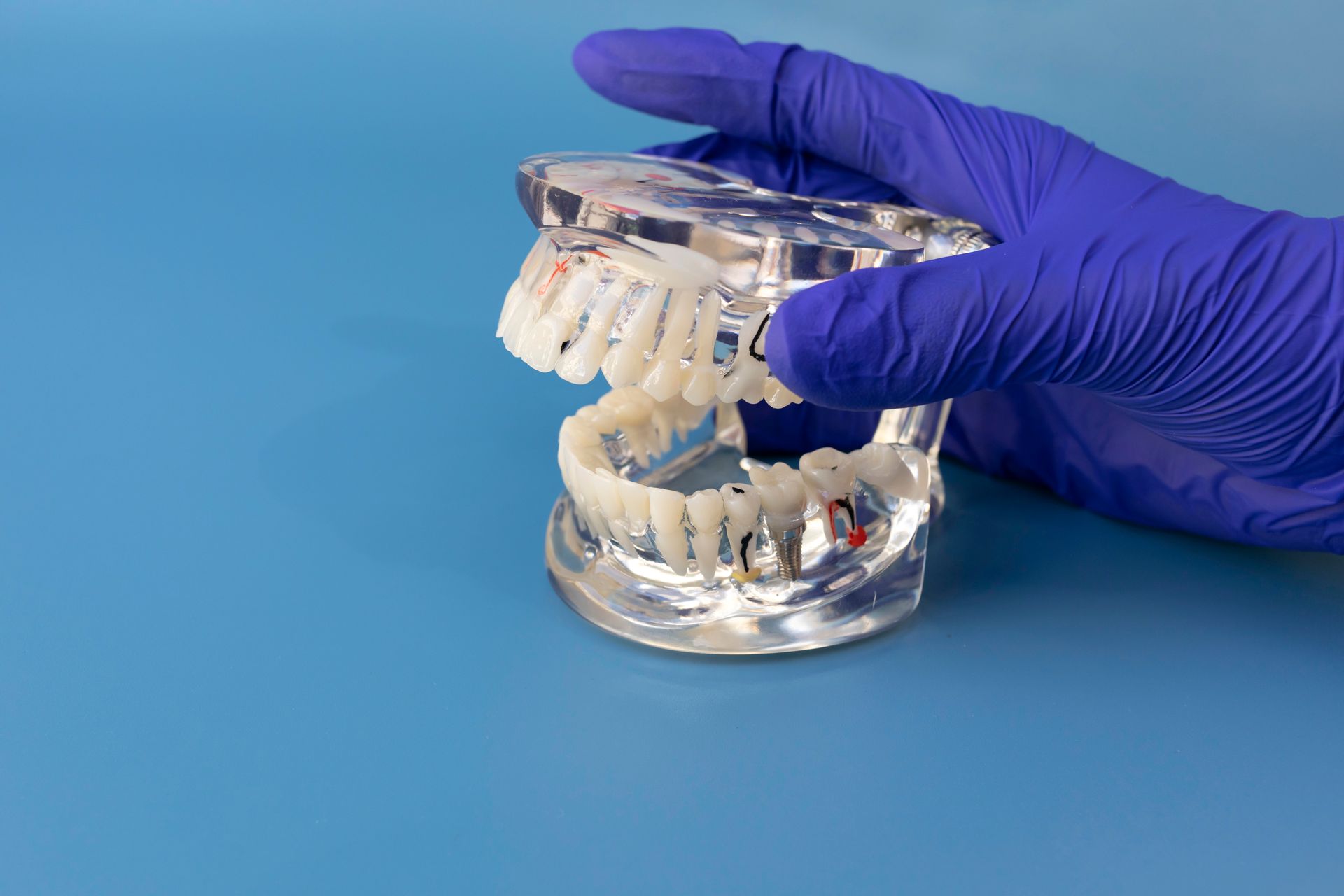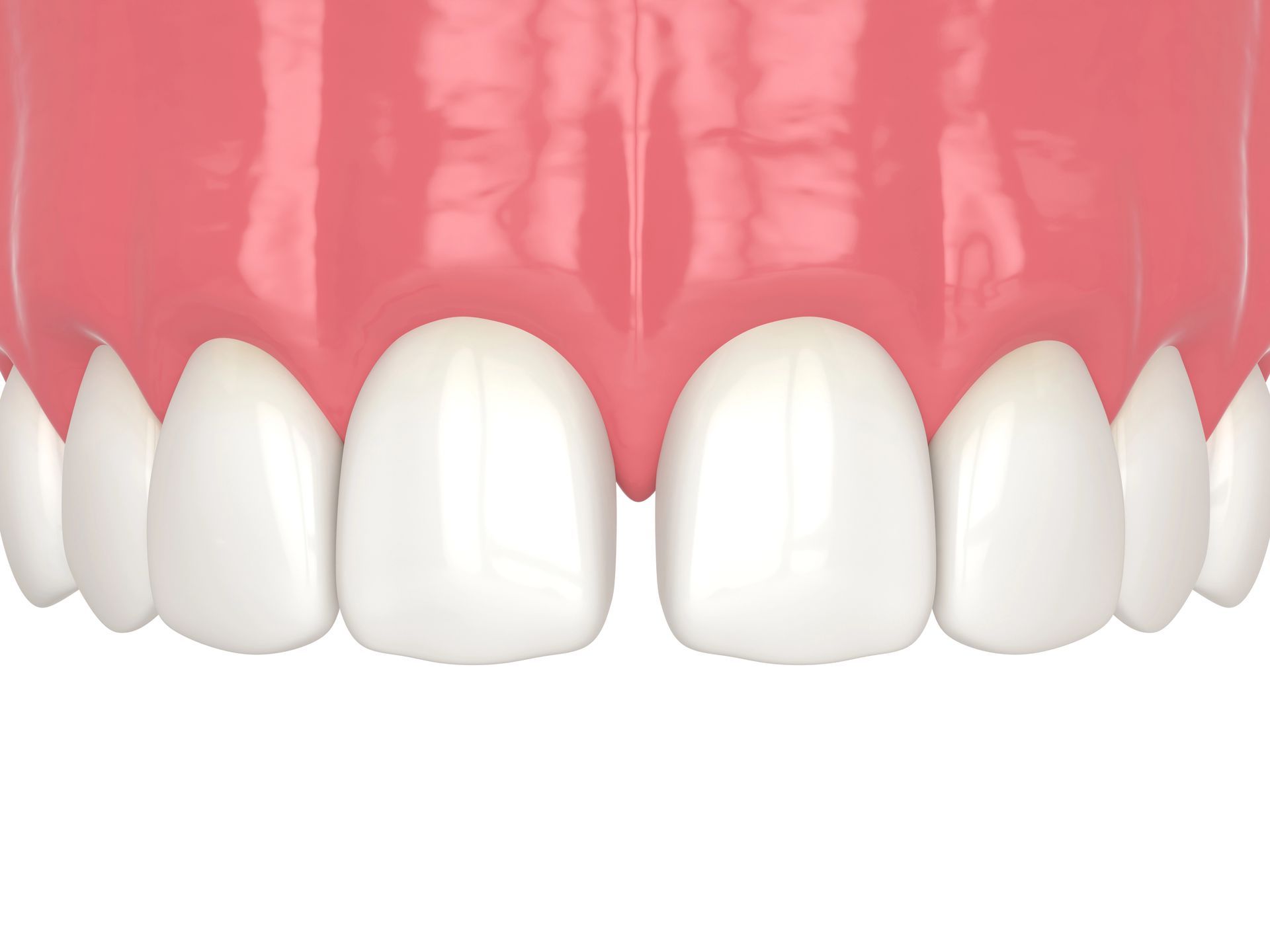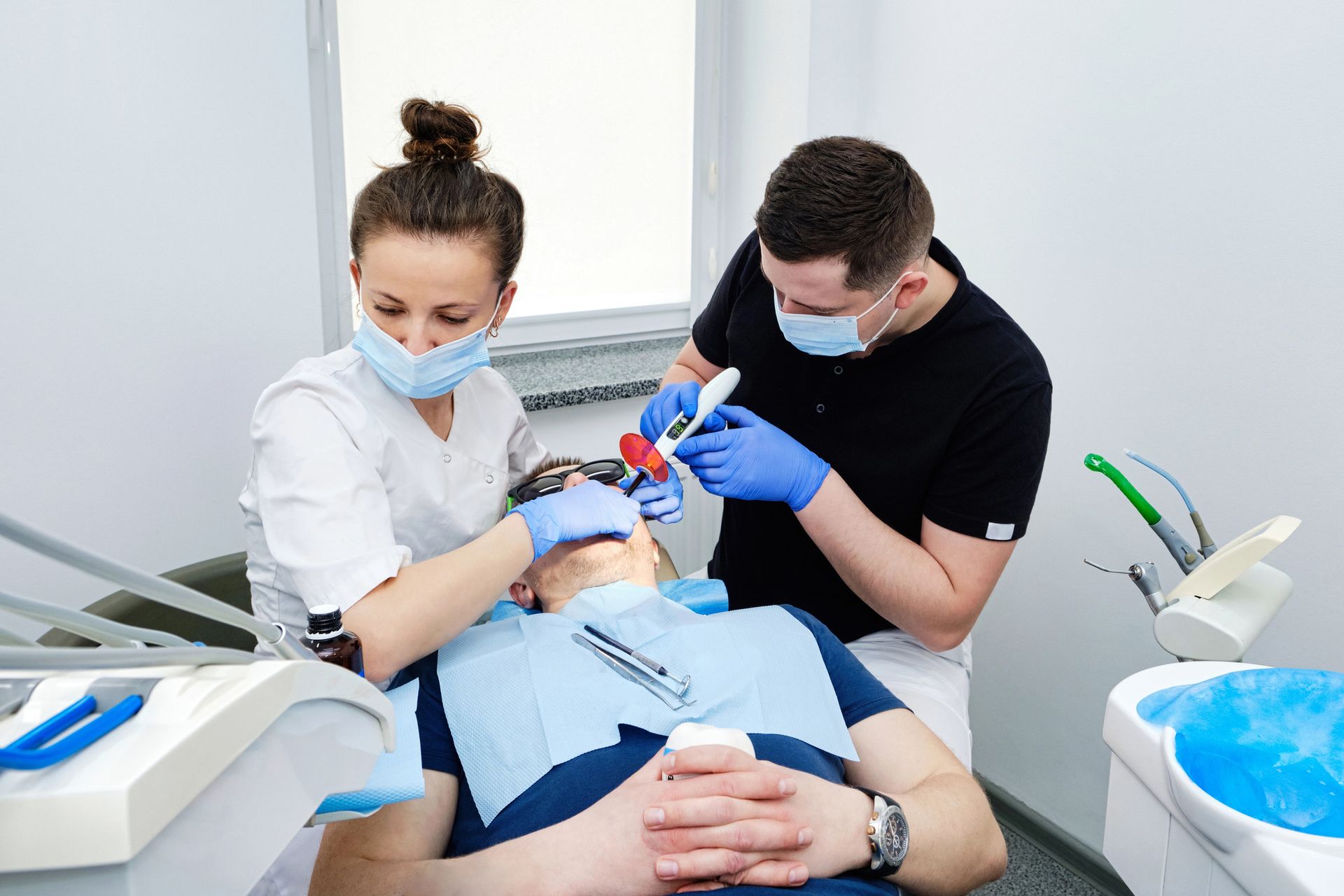Have you ever wondered how composite resins can preserve your tooth structure? At Design Dentistry Columbia, we use composite resins to restore teeth while maintaining as much of the natural tooth structure as possible, resulting in a more conservative and aesthetically pleasing restoration.
Minimal Tooth Removal
Composite resins are a popular choice for dental restorations because they can preserve the natural tooth structure. Unlike traditional amalgam fillings, composite resins require minimal tooth removal, which means that more of the healthy tooth structure can be preserved. This is because composite resins bond directly to the tooth, creating a strong and durable restoration that can last for many years.
In addition to preserving the natural tooth structure, composite resins also offer a more aesthetically pleasing option for dental restorations. They can be color-matched to the surrounding teeth, making them virtually indistinguishable from natural teeth. This makes them an ideal choice for front teeth restorations, where appearance is a top priority. Innovative dental core build-up techniques can also be used to further preserve the natural tooth structure and ensure a strong and long-lasting restoration. To learn more about these techniques, visit our page on innovative dental core build-up techniques.
Natural Tooth Appearance
One of the biggest advantages of composite resins is that they can be color-matched to the natural shade of your teeth. This means that when you get a filling or other dental restoration using composite resin, it will blend in seamlessly with the rest of your teeth. This is in contrast to traditional metal fillings, which can be noticeable and detract from the appearance of your smile. With composite resins, you can preserve the natural appearance of your teeth while still getting the dental work you need.
In addition to their natural appearance, composite resins also offer other benefits. They bond directly to the tooth structure, which means that less of the tooth needs to be removed in order to place the filling. This helps to preserve the overall structure of the tooth and can help to prevent further damage or decay. If you need a core buildup to support a damaged tooth, consider Design Dentistry Columbia for a high-quality restoration that will blend in seamlessly with your natural teeth.
Bonding Strength
One of the most significant advantages of composite resins is their exceptional bonding strength. These materials can bond to the tooth structure effectively, creating a tight seal that prevents bacteria from entering the tooth. The bonding strength of composite resins is so strong that it can even restore the structural integrity of a damaged tooth. This means that composite resins can preserve the natural tooth structure, preventing the need for more invasive treatments like crowns or bridges. Additionally, the bonding strength of composite resins ensures that the restoration will last for many years, providing patients with a long-lasting and durable solution for their dental needs.
Versatile Uses
Composite resins have a wide range of uses in dentistry. They can be used to fill cavities, repair chipped or broken teeth, reshape teeth, and even close gaps between teeth. Composite resins can also be used to cover discolored or stained teeth, giving patients a brighter, more uniform smile. Additionally, composite resins can be used to bond dental restorations, such as crowns or bridges, to the natural tooth structure. With their versatility and natural appearance, composite resins have become a popular choice for many dental procedures.
Long-lasting results
Composite resins are known for their long-lasting results. They are durable and can withstand the daily wear and tear of chewing and biting. Unlike traditional fillings, composite resins bond directly to the tooth structure, creating a strong and stable restoration. This means that composite resins can preserve the tooth structure for many years, reducing the need for future dental work. Additionally, composite resins are resistant to staining and discoloration, ensuring that your smile remains bright and beautiful for years to come. Overall, composite resins are an excellent choice for those looking for a long-lasting and reliable dental restoration.
Conclusion
Contact Design Dentistry Columbia at 803 291 5782 to schedule an appointment and evaluate the benefits of fluoride core build-ups for caries prevention, and check out our reviews on Google Maps.

